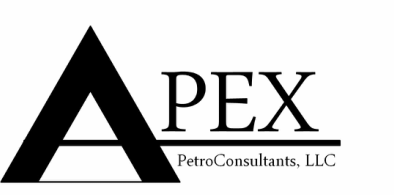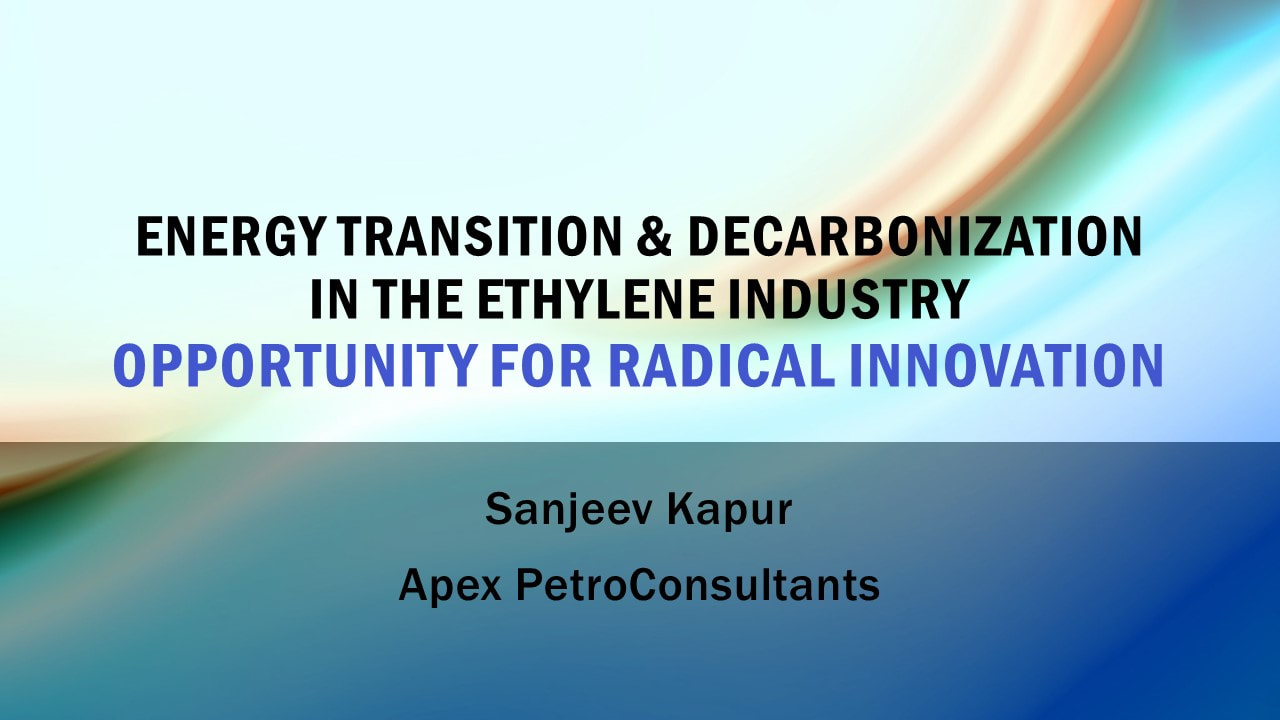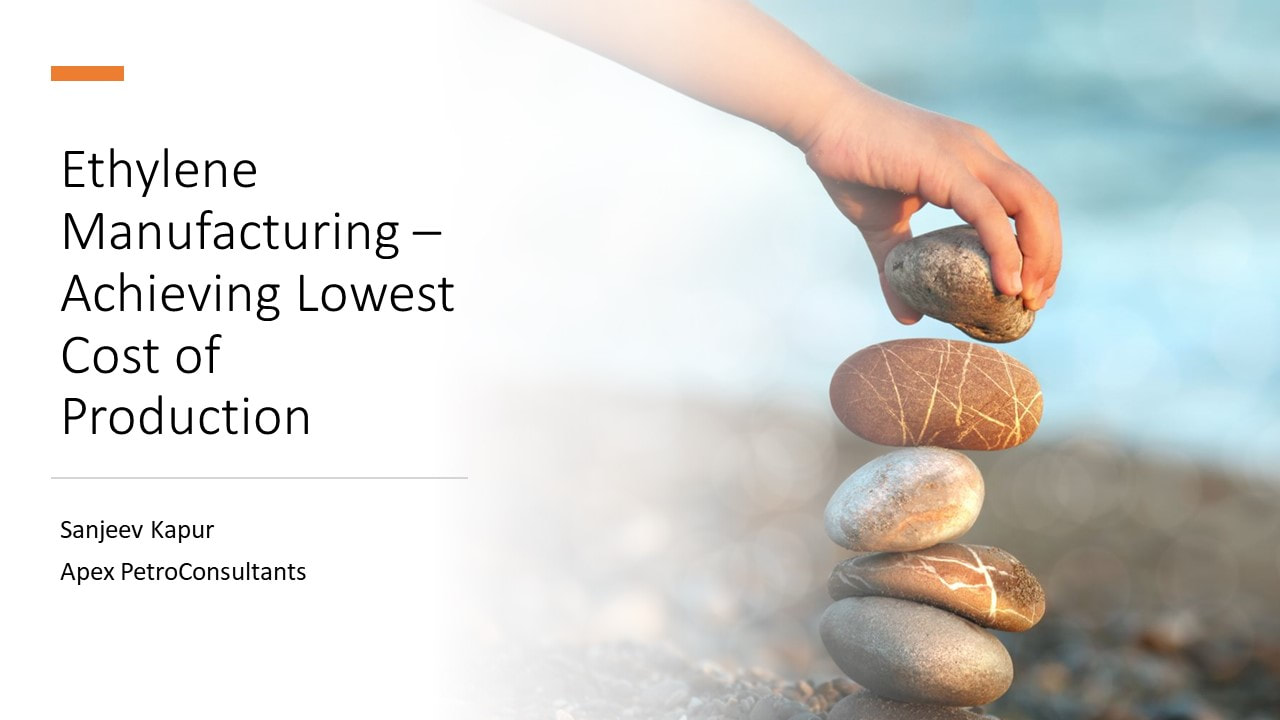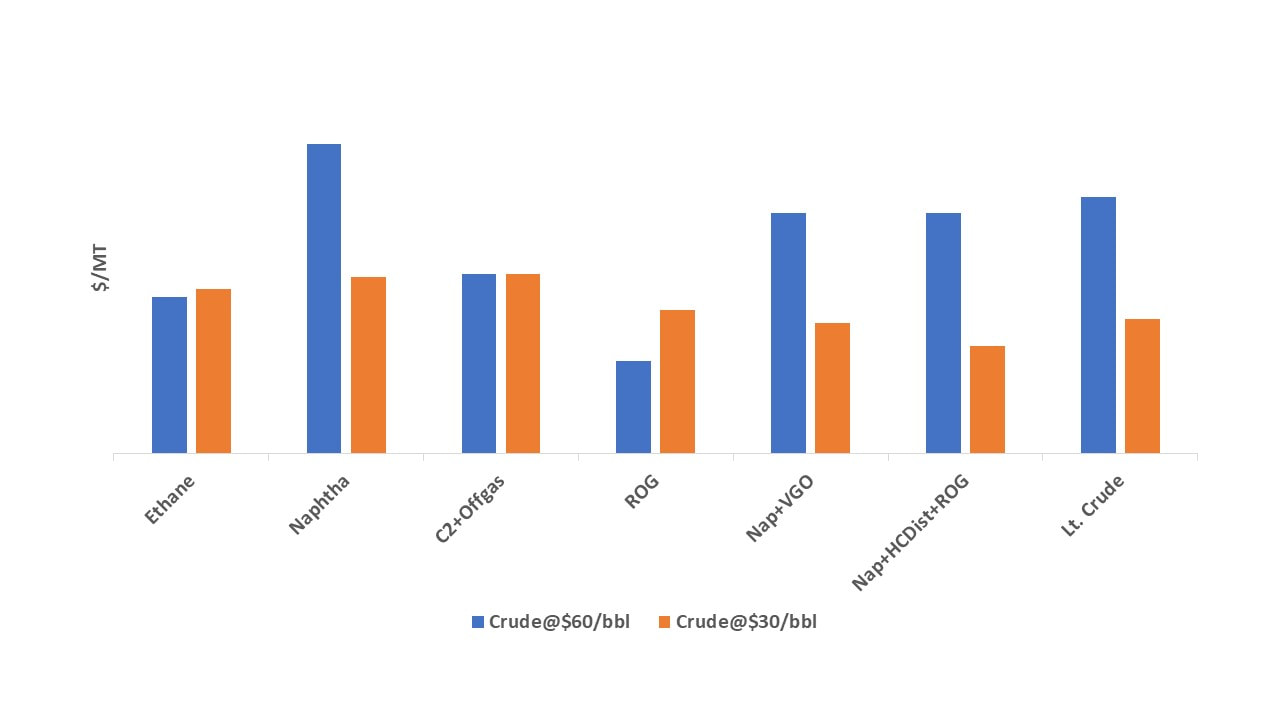- A large capacity base (>190 million MTA) exists today, and nearly 40% of that started up since 2005
- Many plants started-up since the 1960s are still in operation
- A number of plants (with a capacity of nearly 20 million MTA) are in different stages of development that will start up by 2025/26 timeframe
Ethylene is energy intensive industry with a large emphasis on economy of scale and has high capital intensity. These plants take anywhere from 5 to 10 years from initial phases to start-up. All these reasons contribute to high entry barriers for this business and high sunk costs make the exit equally difficult.
The other characteristic of the industry is none or little radical innovations due to high risk and costs, in combination with the cyclical business nature leaving little appetite to invest capital in new technologies. Most of the focus historically has been on incremental improvements or innovation aimed at improving productivity. The long investment cycle leaves no appetite for testing out innovative ideas.
Ethylene also has very few specialized technology providers with low paid-up licensing fees. These providers focus on low-risk, low-cost ideas and look for opportunities for co-developments with owners/operators, and have limited resources dedicated to radical innovation.
This has led to an industry that is oligopolistic in nature.
New innovations come across huge barriers in the early stages, and these include:
- Competing with economies of scale with current technologies
- Perceived risks
- Ability to integrate with a current asset base
- Cost and duration of development
At Apex PetroConsultants, we have historic and recent experience in assessing innovative technologies and advising clients during the development and decision-making process.










 RSS Feed
RSS Feed